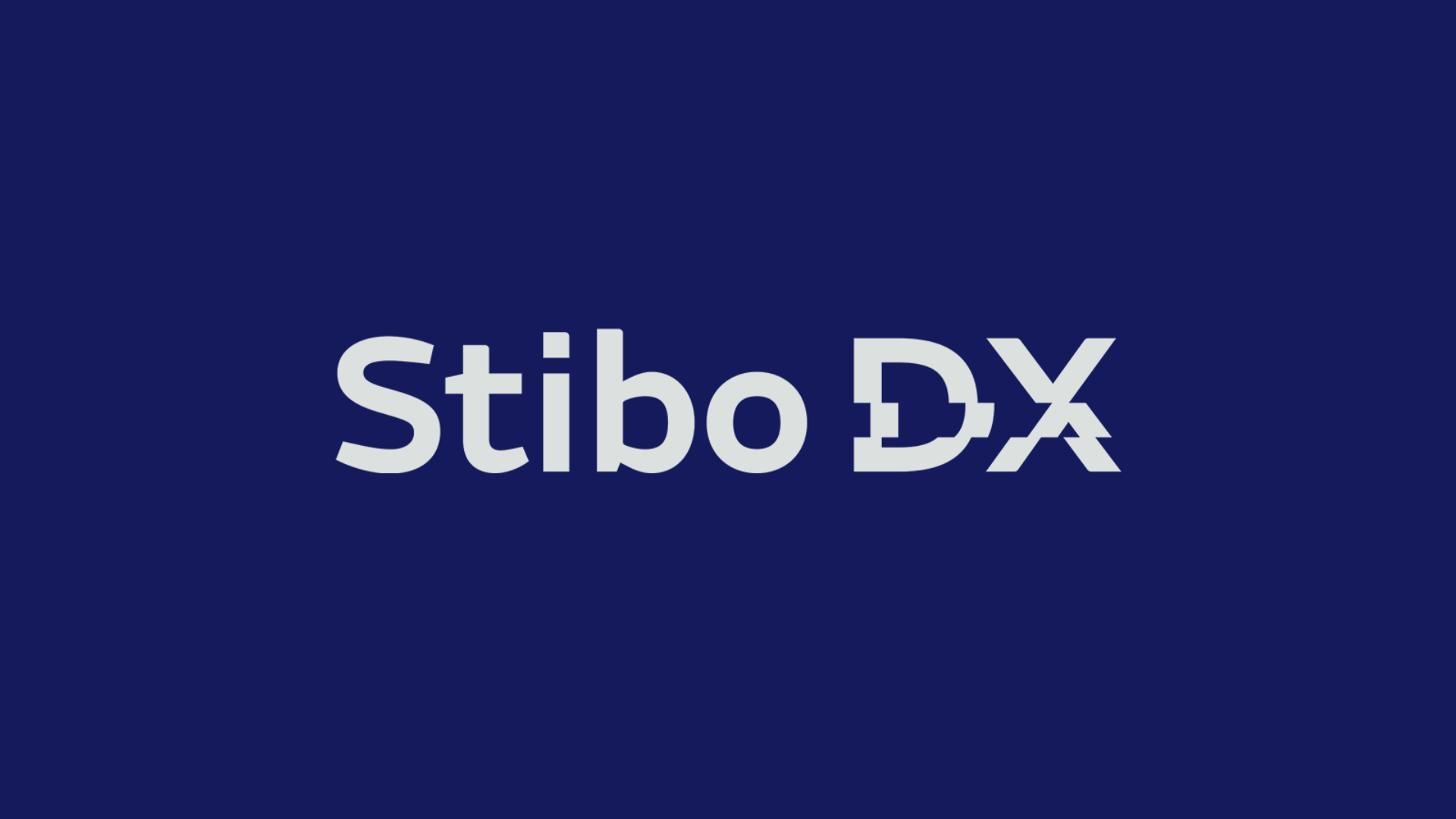Case story
How Stibo DX drove growth through a sharper sales process and approach to selling

About Stibo DX
Stibo DX — part of the Stibo Group — is a global software company with 200+ employees and 35.000 users. They develop and deliver a content management platform used by some of the world’s largest media organizations to write and edit content.
The Challenge and goal
Stibo DX faced a classic sales challenge: A strong product and good customer relationships — but with a lack of structure in the sales work. And that got in the way of effective, consultative selling.
Sales processes dragged on. CRM data was inaccurate. Time was wasted on immature sales opportunities. Sales initiatives were not prioritized effectively. Customer conversations focused mostly on the product — and too little on value. There was a lack of sales coaching.
The goal was clear: Make it easier to sell — and create a better customer experience in every interaction with Stibo DX.
To reach the goal, we focused on:
- A Sales Operating Model
- Customer Success plans
- Clean-up and alignment of the CRM system
- Structured pipeline management
- Regular meeting structures — win rooms and deal boards
- A shift from product focus to value-based customer dialogue
- Co-creation processes with customers
The unifying factor? A solid foundation for effective sales.
The solution: The right structures make sales more efficient
The commercial approach and the sales processes were at the heart of the transformation — for the benefit of both salespeople and customers.
The first step was creating a Sales Operating Model to establish a shared sales framework. This unified the sales approach and systematized CRM usage, ensuring reliable data to drive sales efforts.
Two things had particularly strong impact for Stibo DX: Customer Success plans and establishing regular meeting structures:
The Customer Success plan — from loose agreements to shared commitment
The Customer Success plan became a turning point in enabling a new way of thinking and doing sales.
The plan outlines what needs to be achieved, when and how — with complete transparency. Agreement is established with the customers on shared goals.
The plan is shared and approved by the customer. This creates mutual commitment and saves time by filtering out unqualified leads.
Regular meetings: A structure for knowledge sharing and aligned progress
A key part of the solution was establishing a regular meeting structure — win rooms and deal boards — where salespeople and leadership can collaborate on advancing deals.
These formal structures make it easy to share knowledge, get input, and be inspired. It’s no longer up to the individual to seek help — it’s a built-in part of the workflow. The structure makes support accessible to everyone.
The result: Stronger sales through better structures
The formalized structures have strengthened both individual salespeople and internal collaboration:
At the same time, the sales dialogue has changed. It’s no longer just about price and specifications — it’s about value, business cases, ROI, and the customer’s business. This aligns with the co-creation approach that Stibo DX now has with its customers through their Customer Success plans.
This means salespeople are no longer on the defensive in sales dialogues, justifying the price — instead, they can demonstrate the value to the customer.
It can be illustrated with a clear image: “It’s like a doctor. If the doctor doesn’t ask the patient what’s wrong, it’s hard to help. We’ve improved at asking the right questions — and most customers are happy to share their challenges with us. That enables us to support them more effectively” — Mikael Kejser Christensen, VP Customer Success Management
Not just a workshop — but transformation
Changing sales frameworks doesn’t happen in a single workshop — it requires an ongoing process. It takes significant effort to shift habits and routines, as the brain prefers familiar territory.
And often, it takes a consultant who becomes an active part of the team:
In short: Stibo DX's process
Stibo DX had a strong product and solid customer relationships — but lacked the structure to make sales work more efficient.
So we focused on building a shared Sales Operating Model, Customer Success Plans, a reliable CRM, regular meeting structures, and more value-based customer dialogues.
The result? A more focused sales effort, stronger momentum in the sales process, a shared language among salespeople, and solid structures that make it easier to succeed in sales.
